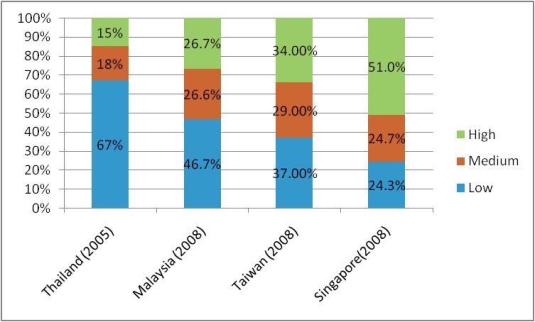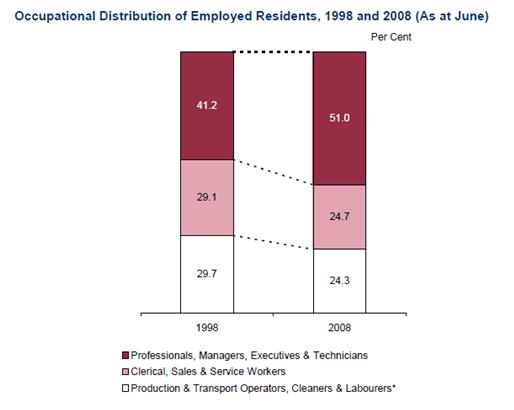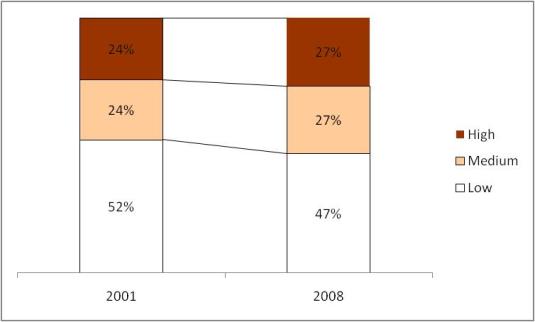In Malaysia, we don’t have the 4 seasons. However, certain happenings in Malaysia are as predictable as the 4 seasons in temperate countries.
Yearly we have the Auditor General’s report outlining the abuses and wastage in government spending. Yearly, there is a big ‘hoohaa’ after the release of the AG annual report , with calls for reform from NGOs and civil society and promises from the authority to tackle the problems. Two or three weeks after the release, everybody is deemed to have done their duty and everything is forgotten till the next round.
Then we have the perennial Haze problems, and the usual predictable responses from politicians across both divides asking something to be done to solve the problem permanently. Yearly, the Indonesian authority blames the Malaysian companies. The Malaysian companies will then issue a denial, and after a few days, wind changes direction, sky becomes clear again, and everyone forgets about the issue.
Around this time of the year, another perennial problem will surface, and it does surface this week.
Many of the straight A’s students are denied places to study the courses of their choice and these poor students have nowhere to turn to, except to the media and the politicians.
Every year, the politicians will play the role of firemen, and individual cases sometimes do get a reprieve, and after an appeal, some of these students may get the places they wish.
What is needed is a more systematic way of tackling this problem. Why there is no comprehensive policy to solve the problem really buffers me.
To deny these creme dela creme places to study will cost the country dearly in the long run. Logic will tell us that if the best is not given the chance to develop their potentials, how are we going to face the increasingly competitive world?
Looking at many of the advanced countries, they not only allow their best to develop their full potentials, they are also trying to do the shortcut by attracting the best brains from other countries to emigrate to their countries, so as to tap on the brains of these potentially world beaters. That is the only way to allow the country to be world class.
I suspect some little napoleons are at play in this yearly fiasco of refusing the best their choice of study. These little napoleons use the excuse that these students did not do well in their interviews or are poor in English.
We all know that interviews are very subjective. These ‘subjectiveness’ can sometimes be manipulated into reasons to reject a student from pursuing his or her dream. But if most of the best (more than 50 straight As students) are deemed to have failed in the interviews or in their English proficiency, then what about those who are not so good but are still given places to study in the preferred courses in the universities? Logic will tell us that if the best don’t have good command of English, then how can the second best be better than the best?
We can understand if one or two do not perform well in the interview or stutter in their English, but if most of the cream fail to get entry because they are said to perform poorly in interviews, and then there must be something wrong with the methodology of the interviews or the people conducting the interviews. As simple as that!
The law of average will tell you that if the average Best is not as good as the average Second Best, then there is something wrong with the system or the people manning the system.
I strongly suggest that all future interviews be recorded. With the technology now, this can easily be done. If there is any dispute, or if there is any need to audit the interview, then the authority can go through these recordings and see for themselves whether a student fails because of poor performances at interviews, or whether he or she fails because of the subjectiveness prejudices of the people conducting the interviews.
We can no longer afford to allow some little napoleons to deny our best a chance to develop their potentials.
Our future competitiveness is at stake.
The nation’s future is at stake.
(An edited version is published in my column in TheMalaymailonline.com )













Recent Comments